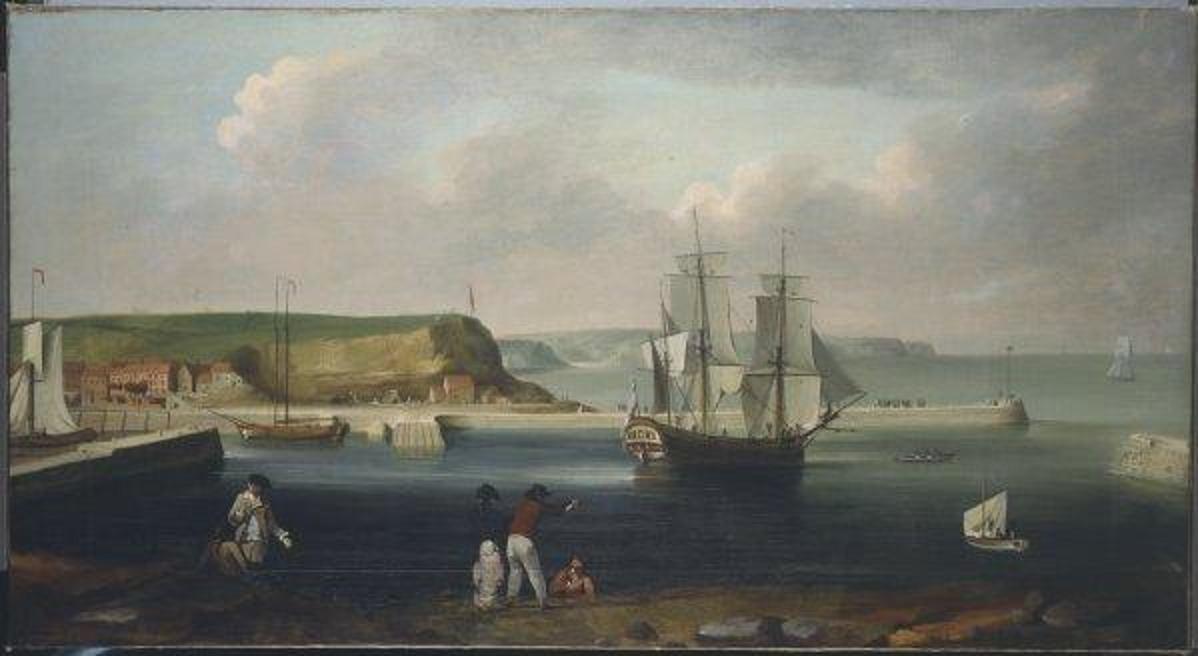
If you voted “yes” to pause decisions on deep seabed mining, your voice has been heard. The International Seabed Authority (ISA) agreed to extend discussions on guidelines for deep sea mining, and to develop clearer policy to protect the marine environment, until 2024, or maybe even 2025.

A proposal by Chile, Costa Rica, France, Palau, and Vanuatu, supported by other member States, overrode the “two-year rule” enacted by Nauru and The Metals Company to begin mining in the Clarion-Clipperton Zone (CCZ). The matter will advance to further discussion at the twenty-ninth session of the Assembly in 2024; some say debate could extend to 2025. There is time; you can become better informed and more involved.

ISA revealed the decision in an August 2 report entitled “Just and Equitable Management of the Common Heritage of Humankind.” Part 04 of the report reveals the “Status of Contracts for Exploration in The Area.” These areas are the Clarion-Clipperton Zone (CCZ), the Indian Ocean, the Mid-Atlantic Ridge, and the Northwest Pacific Ocean. The areas are the focus for:
19 contracts for mining of polymetallic nodules (PMN)
7 contracts for mining polymetallic sulphides (PMS)
4 contracts for cobalt-rich ferromaganese crusts (CFC)
Source: International Seabed Authority (ISA) 2023

There are two kinds of ISA contracts: exploration and exploitation. Exploration contracts assess minerals present in the area and may include sampling, as well as testing mining technologies and ways to process mined minerals. Advancing to exploitation contracts would commence deep seabed mining. Contracts are sponsored by member states, and may include private enterprise partners. States currently sponsoring contracts include Belgium, Bulgaria, China, Cook Islands, Cuba, Czech Republic, France, Germany, Jamaica, Japan, Kiribati, Nauru, Republic of Korea, Russian Federation, Singapore, Slovak Republic, and Tonga (ISA Figure 12). While exploration may be carried out by presence and probing, as done by Alexander Dalrymple and James Cook using lead lines and sextants on voyages of the “Endeavor;” since the time of COMSAT, the deep seabed may also be mapped by remote sensors and satellites.

Don’t rest on your votive laurels. The deep sea, and its treasures, are shared possessions of all the world and its many inhabitants including fauna and flora of the deep. You help the world decide what will determine the “Just and Equitable Management of the Common Heritage of Humankind.” (ISA 2023) What are your views? What actions can you take this year, and next?
Brooke, K. Lusk. “WATER/ENERGY: Deep Seabed Mining” 13 July 2023. Building the World Blog. https://blogs.umb.edu/buildingtheworld/2023/07/13/water-energy-deep-seabed-mining-part-2/
Greenpeace International. “Petition on Deep Sea Mining.” greenpeace.org/…/act/stop-deep-sea-mining/
International Seabed Authority (ISA). 2 August 2023. “Press Release 2 August 2023.” https://www.isa.org.jm/news/isa-assembly-concludes-twenty-eigth-session-with-participation-of-heads-of-states-and-governments-and-high-level-representatives-and-adoption-of-decisions-on-the-establishment-of-the-interim-director/
International Seabed Authority (ISA). Annual Report 2023 (In English and French). Chapter 4: Status of Contracts for Exploration.” https://www.isa.org/jm/wp-content/uploads/2023/07/ISA_Secretary_General_Annual_Report_2023_Chapter4.pdf
Panayotov, Kristiyan. “Mapping the seafloor with remote sensing and satellite imagery.” 19 June 2018. Hydro-International. https://www.hydro-international.com/content/article/mapping-the-seafloor-with-remote-sensing-and-satellite-imagery
Building the World Blog by Kathleen Lusk Brooke and Zoe G. Quinn is licensed under a Creative Commons Attribution-NonCommercial-NoDerivs 3.0 U
